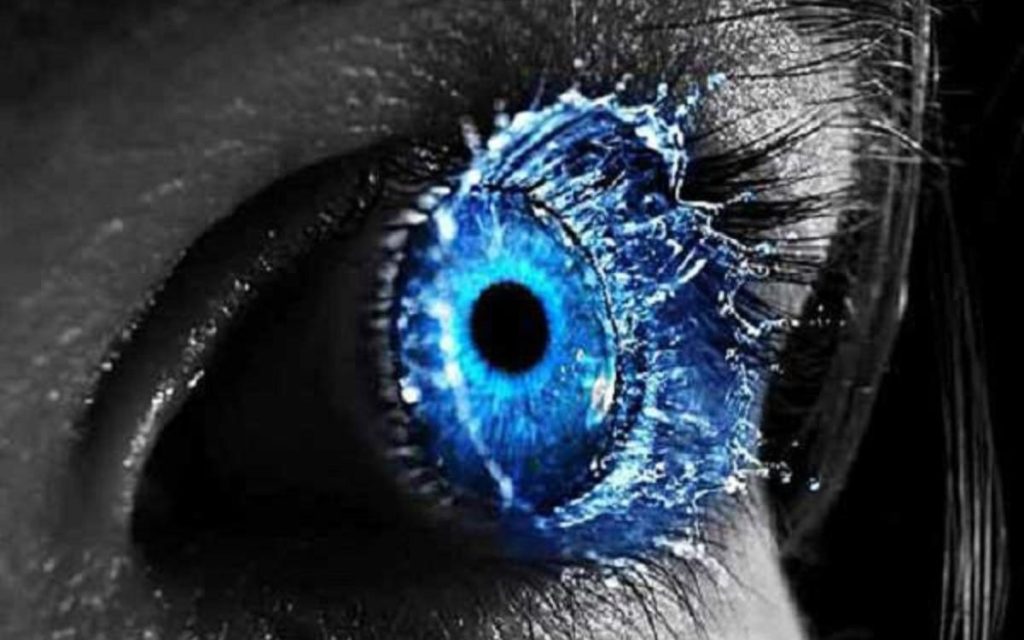Whether you’re a seasoned pro or just dipping your toes into the vibrant world of digital art or video art, you’re bound to stumble into a few hiccups along the way. After all, we’re only human! From using too many layers to sticking to the default brushes or forgetting about the importance of a well thought out color palette, there’s a whole world of common digital art mistakes you could be falling into. But don’t worry, stick with us and we’ll help navigate you out of those pesky digital pitfalls.
Common Digital Art Mistakes You Should Avoid
The first mistake that many of us make when diving into the digital art realm is neglecting the power of contrast. A well-balanced artwork requires a variety of light and dark elements to provide depth and make your piece pop off the screen.
Remember, a high-resolution canvas helps retain the crispness of your artwork, crucial for prints or large displays. Let’s delve deeper into these common digital art mistakes and learn how to sidestep them!
Mistake 1: Too Much Details
Adding too much detail to your artwork can be a detrimental digital art mistake. We understand – you’re excited about your new digital tools and want to showcase every minutely detailed stroke. But remember, sometimes less is more.
Overly detailed artwork can often come across as cluttered and chaotic, pulling focus away from the main subject and making it challenging for the viewer to understand the central theme. Plus, investing too much time into minute details can be incredibly time-consuming, potentially veering you off schedule.
Aim for a balance of detail and simplicity, focusing on the key elements of your piece to create a compelling, clean, and focused artwork.
Mistake 2: Using Only Hard Brushes
Using only hard brushes is a commonly overlooked digital art mistake. Diving headfirst into your digital platform, you might gravitate towards using hard brushes exclusively, as they offer defined, clear-cut lines.
However, over-reliance on them can result in your artwork looking flat and lacking dimension. Soft brushes, on the other hand, can create subtle gradients and soft transitions, adding depth and realism to your piece.
Mixing hard and soft brushes, playing with opacity levels, and experimenting with different brush strengths can significantly enhance the dynamism and texture of your work. So, don’t shy away from the soft brushes – they might just be the secret ingredient your digital masterpiece needs!
Mistake 3: Using Too Many Saturated Colors
Using too many saturated colors is another frequent misstep in digital art or video art. At first, the vast array of bright, bold colors at your disposal can be enticing, and there’s a temptation to use them all. However, incorporating too many saturated colors can lead to a visual overload, causing strain to the viewer’s eye and overshadowing the central theme of your artwork.
Saturated colors do have their place for emphasis or to evoke specific emotions, but they should be used sparingly and strategically. Consider employing a more balanced color palette, combining saturated colors with desaturated or neutral tones. This approach can help create harmony and contrast in your artwork, enhancing its overall visual impact.
Mistake 4: Lack of Practice
Lack of regular practice is another significant pitfall many digital artists fall into. You might have the most advanced digital tools at your disposal, but without consistent practice, improving your skills can be an uphill battle.
Digital art requires time and patience, as it’s a skill that’s honed over time. Skipping practice sessions not only slows down your progress but can also lead to the stagnation of your skills. To improve, set aside dedicated time each day or week for practice.
Experiment with different techniques, styles, and tools. Remember, every masterpiece starts with the courage to try and the perseverance to refine skills through regular practice.
Mistake 5: Afraid to Start
Being afraid to start is a common roadblock in the path to mastering digital art. This fear often stems from the daunting aspect of the blank canvas, the pressure of creating something perfect, or the overwhelming number of tools and techniques available.
However, it’s essential to remember that every artist, regardless of their skill level, began at the starting line. Don’t let the fear of making mistakes hinder your creative process. Instead, embrace them as opportunities to learn and grow. The first step in creating digital art is to simply start, even if it means making a mark on that intimidating blank canvas.
As renowned artist Vincent Van Gogh once said, “Great things are done by a series of small things brought together.” Start small and gradually build your way up. Remember, the journey of creating digital art should be a process of exploration, experimentation, and most importantly, enjoyment.
Conclusion
In the realm of digital art, mistakes are not setbacks, but stepping stones to success. Each mistake, whether it’s neglecting to experiment with different brushes or letting fear prevent you from starting, provides a unique learning opportunity. Take these mistakes in stride, for they are a part of your journey to mastering digital art.
Keep practicing, experimenting, and most importantly, enjoying the process. As you navigate through this creative labyrinth, remember that every stroke brings you one step closer to your masterpiece. Happy creating!







